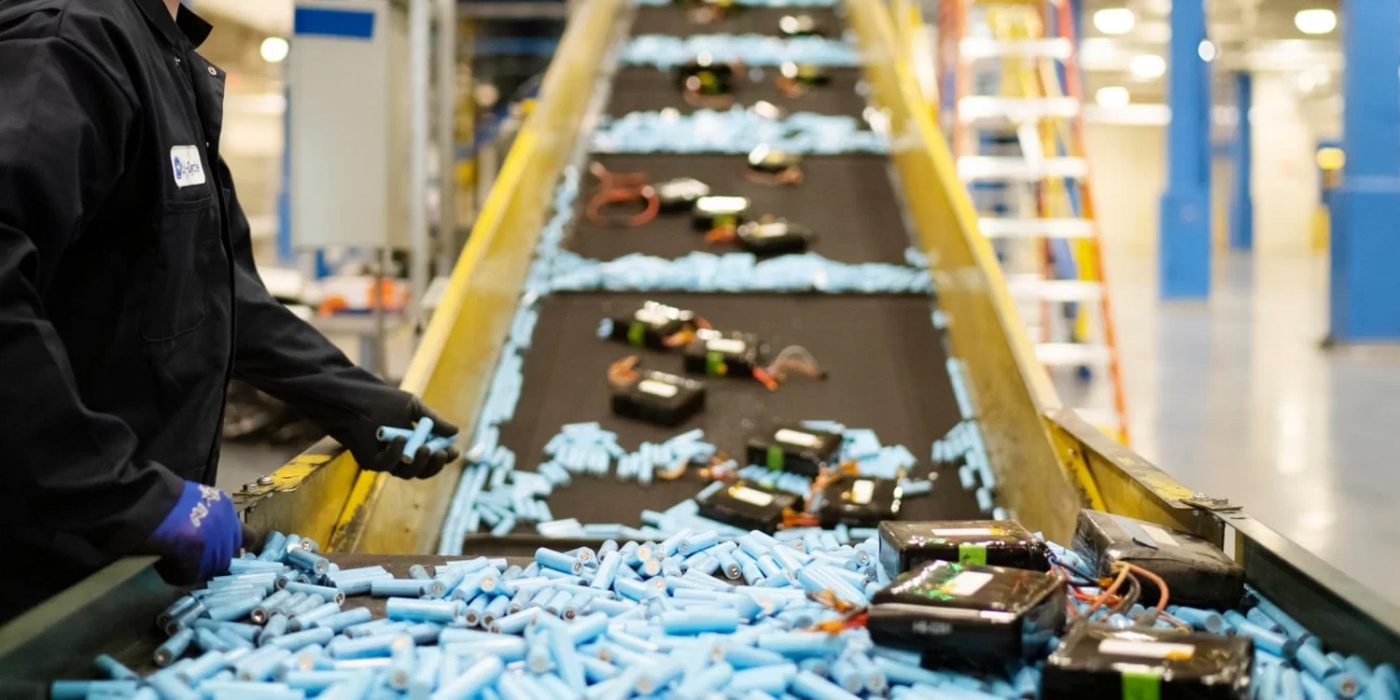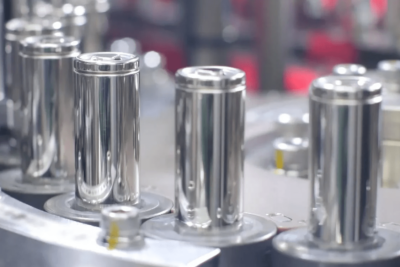Agreement reached on critical raw materials in Europe
The European Union has been developing legislation to ensure the EU can access a “secure, diversified, affordable and sustainable supply of critical raw materials”. In March 2023, the EU Commission presented its draft Critical Raw Materials Act (CRMA), which the EU Parliament and Council must now adopt. The official decision will likely be a formality now that an informal agreement has already been reached. The Act will now be formally put to the vote in the Committee on Industry, Research and Energy on December 7.
Among other things, the CRMA involves the EU requirement for local quotas for the extraction, processing and recycling of critical raw materials. The benchmark here is the total demand in the European Union. For 2030, the Commission proposed 10 per cent from local extraction, 40 per cent from processing and 15 per cent from recycling. In addition, the EU should not source more than 65% of its annual demand for a strategic raw material from a single third country in 2030. In this way, the committees intend to reduce the very high level of one-sided dependency on China.
Parliament and member states support this regulation – but want to raise the recycling target set for 2030 from 15% to 25%. In a separate statement, the Parliament has also emphasised that the aim must be to fundamentally “curb demand through resource efficiency and technological progress” and to focus more on research and innovation in relation to substitute materials and production processes that could replace raw materials in strategic technologies.
All committees agree that there is a great need for action and that the Critical Raw Materials Act should make the EU more competitive and sovereign. In its proposal from March, the Commission set out a whole range of measures to implement the aforementioned target values, which apply at various EU levels. One of the key points – now also informally confirmed by the Parliament and member states – is that strategic raw materials projects should be considered projects of public interest in future. As a result, strategic mining projects will be able to be approved within 24 months instead of the current ten to 15 years. Projects in the processing and recycling sector should be given the green light within 12 months.
No details have yet been specified for this and the other measures mentioned. At this stage, it is primarily a question of presenting the overall package. With the prospect of such accelerated procedures, the Commission and member states now want to “identify strategic projects along the value chain”. In addition to an updated list of critical raw materials, there are plans to draw up a list of strategic raw materials that will be exposed to “potential supply risks in the future”. Parliament and member states now favour including aluminium and synthetic graphite.
Critical raw materials are in ever greater demand due to increasing digitalization, the expansion of renewable energies and the transport transition. The green and industrial transformation largely depends on the availability of lithium, cobalt, neodymium and other raw materials. European and North American industry players are also putting increasing effort into finding renewable substitutes for finite materials. One such example is the Estonian company Skeleton Technologies, which has developed Curved Graphite made from completely locally sourced and renewable materials.
The international landscape on critical raw materials has been so far characterized by competition and protectionism, with China hitting back to Western restrictions with, for example, export tariffs on graphite, an area almost completely dominated by Chinese companies, not just in extraction, but also in the processing of these materials, as with lithium and cobalt. Countries such as Australia, with the world’s largest lithium deposits, for example, struggle with a lack of industrial processes and expertise to refine their own materials, which is still primarily done in China.
The EU has also proposed the introduction of monitoring of critical raw material supply chains and the coordination of strategic raw material stocks between member states. In addition, large companies will be obliged to review their strategic raw material supply chains. This is also part of the upcoming European supply chain law initiative and the draft Corporate Sustainability Due Diligence Directive (CSDDD), which contains human rights due diligence, environmental due diligence obligations and requirements for corporate social responsibility.
The international picture is one of rapid movement for countries to secure critical minerals and enable the management of these minerals within their industrial recycling loops. In the USA, the Biden government introduced the Inflation Reduction Act, which similarly attempts to secure critical raw materials but also attracts business and industry and a much sought-after qualified workforce for the transition off fossil fuels worldwide.
The introduction of the IRA in the USA has seen a flurry of activity in the battery sector, with European companies losing resources and industrial activity to the lure of attractive subsidies for domestic production in the USA, including subsidies for electric vehicle manufacturers. The drafting of respective legislation in the USA and Europe led to tensions between the two economic and manufacturing world regions. Negotiations between the USA and Europe attempt to ensure that the two economic regions do not disadvantage the other in the industrial transition off fossil fuels.
On the agreement between EU Parliament and the EU member states, MEP Nicola Beer (Renew) summarises, “The agreement is an industrial policy blueprint for a secure and sustainable supply of raw materials in Europe. With targeted economic incentives, we are creating project-planning certainty for private investors – through single points of contact for companies and fast and simple authorisation procedures with clear deadlines for national authorities. This will boost mining, processing and recycling in Europe.”
Including reporting by Cora Werwitzke





0 Comments